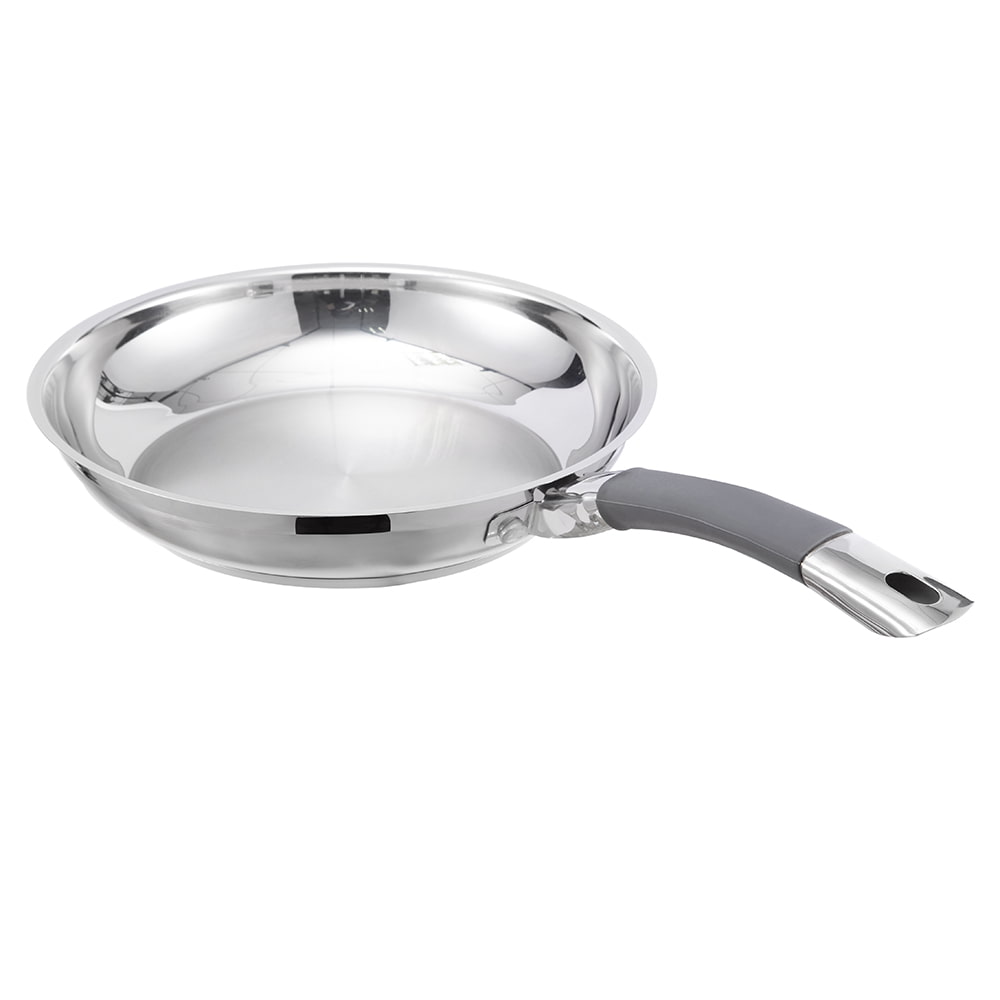In the vast field of cooking utensils, hard anodized cookware is emerging with its unique performance advantages. Among them, the anti-deformation ability is particularly eye-catching, and this feature plays a vital role in the stable function of cookware in various cooking scenarios. So why can hard anodized cookware perform so well in anti-deformation? There are complex and exquisite scientific principles and design considerations behind this.
The anti-deformation advantage of hard anodized cookware first comes from its special manufacturing process and material selection. It uses high-quality aluminum as the base material. Aluminum itself has good thermal conductivity, but pure aluminum is soft and easy to deform at high temperatures. To solve this problem, the hard anodizing process came into being. In this process, aluminum cookware is immersed in a specific strong acid solution and an electric current is passed through it. Through this electrochemical treatment, an extremely dense and hard aluminum oxide coating will be formed on the aluminum surface. This coating not only greatly improves the hardness of the cookware surface and enhances scratch resistance, but also plays a key role in anti-deformation.
When the cooker is placed on the stove and faces a high temperature environment, the uniformity of heat transfer becomes a key factor affecting whether it will deform. Due to the limitations of material properties and structural design, ordinary cookers are prone to local overheating during the heating process. For example, the center area of the bottom of the pot may heat up rapidly due to direct contact with the fire source, while the edge part is heated relatively slowly. This temperature difference will cause different parts of the cooker to expand inconsistently, which will in turn generate stress and eventually cause warping. The design of hard anodized cookers fully considers the uniformity of heat conduction. Its specially treated structure and the combination of high-quality aluminum substrates allow heat to be conducted more evenly inside the cooker. When the cooker is heated, the aluminum oxide coating can quickly disperse the heat received by the bottom of the pot to the entire surface of the cooker, avoiding excessive accumulation of local heat. At the same time, the good thermal conductivity of the aluminum substrate further ensures that the heat can be diffused quickly and evenly, thereby reducing the risk of deformation caused by local overheating at the source.
Whether it is the common slow cooking scene in home kitchens or the high-heat stir-frying in professional kitchens, hard anodized cookware can handle it calmly. When slow cooking, although the heat is relatively low, the continuous heating time is longer. Ordinary cookware may gradually deform slightly due to long-term exposure to relatively low temperature but uneven heating environment, affecting the cooking effect. For example, the soup may be partially heated unevenly, resulting in insufficient stewing. However, hard anodized cookware, with its anti-deformation performance, can always maintain its original shape during long-term slow cooking, ensuring that the ingredients in the pot are evenly heated and stewed into delicious dishes. In the high-heat stir-frying environment of professional kitchens, the heat intensity is high and changes rapidly. Ordinary cookware can easily be severely deformed due to local overheating under such high-intensity heat shock, and may even affect its service life. However, hard anodized cookware can function stably. Its uniform heat conduction performance allows the entire bottom of the pot to be heated quickly and evenly when stir-frying over high heat. The chef can accurately control the heat, stir-fry quickly, and make high-quality dishes. At the same time, the cookware itself will not deform due to high temperature impact.
From a microscopic perspective, the crystal structure of the aluminum oxide coating formed by hard anodizing also provides support for anti-deformation performance. The aluminum oxide crystals in the coating are arranged tightly and orderly, forming a strong mesh structure. When this structure is subjected to stress caused by temperature changes, it can disperse stress through the interaction between crystals and prevent material deformation caused by stress concentration. When the cookware expands due to heat or contracts due to cold, this special crystal structure of the aluminum oxide coating can act as a buffer, coordinate the overall size change of the cookware, and maintain its shape stability.
In addition, mechanical structural factors are also taken into account in the design of hard anodized cookware. The thickness distribution of the pot body, the edge treatment, and the connection method of the handle are all carefully designed. Reasonable pot body thickness distribution can optimize the heat conduction path while ensuring sufficient strength, and reduce local overheating caused by thickness differences. Special treatment of the edges can enhance the strength of the pot body edge to prevent deformation due to external force collision or uneven heating during use. The stable handle connection method is not only convenient for users to operate, but also can disperse the stress caused by lifting or moving the cooker to a certain extent, further ensuring the shape stability of the cooker under various usage conditions.
 No. 1, Jingwei Road, Yangcheng Lake Town, Xiangcheng District, Suzhou City, China
No. 1, Jingwei Road, Yangcheng Lake Town, Xiangcheng District, Suzhou City, China [email protected]
[email protected] +86-13913553688
+86-13913553688
 search
search
 中文简体
中文简体 English
English русский
русский Français
Français Español
Español 日本語
日本語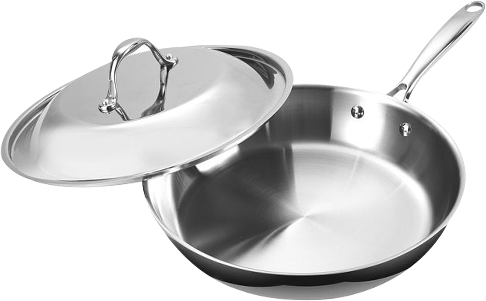
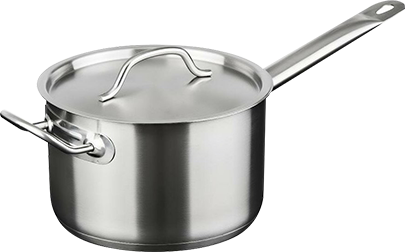
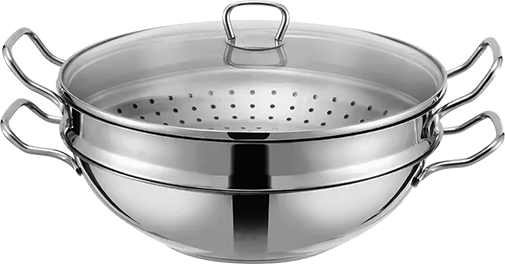
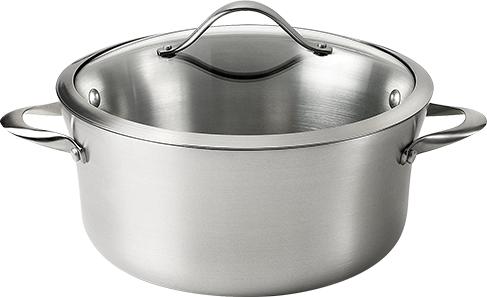
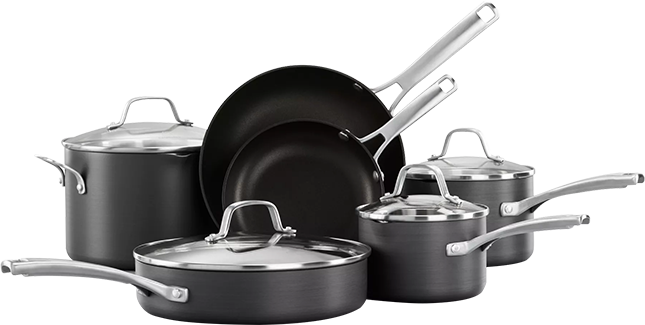


-4.jpg)
-1.jpg)
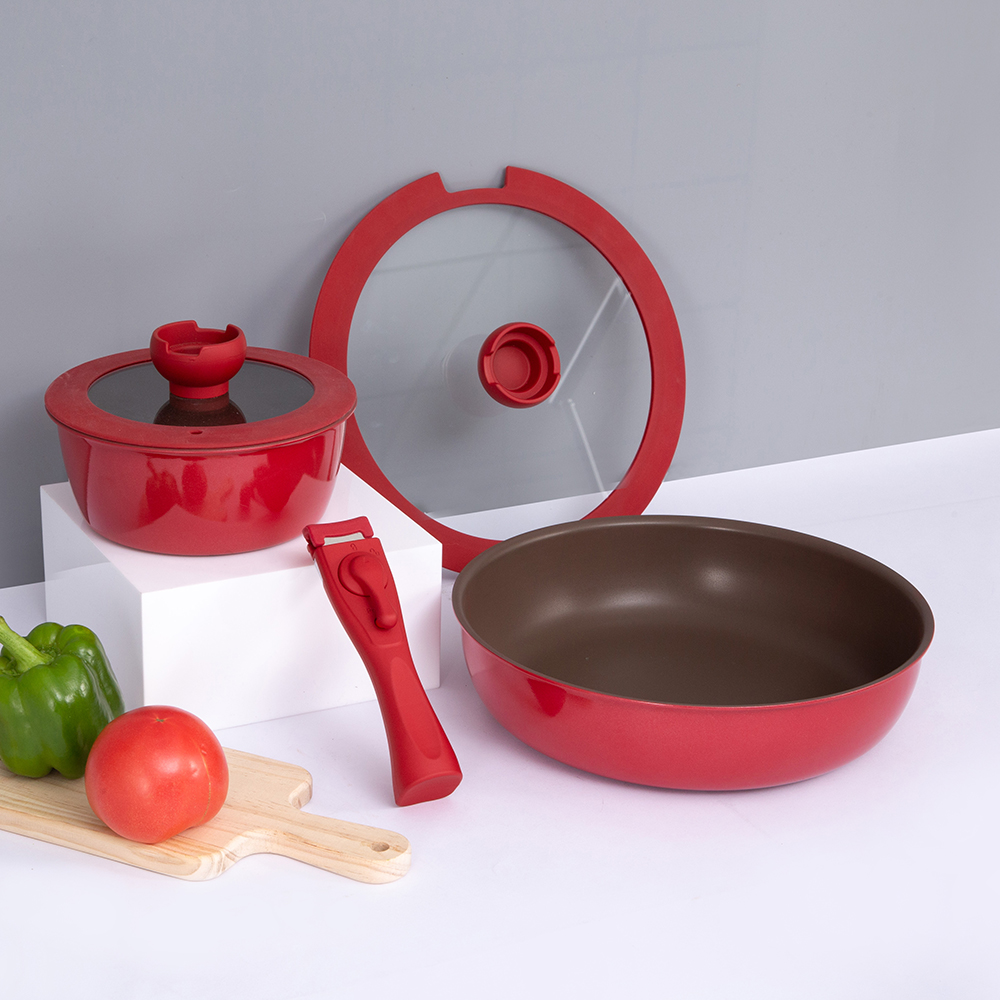
-3.jpg)
-5.jpg)
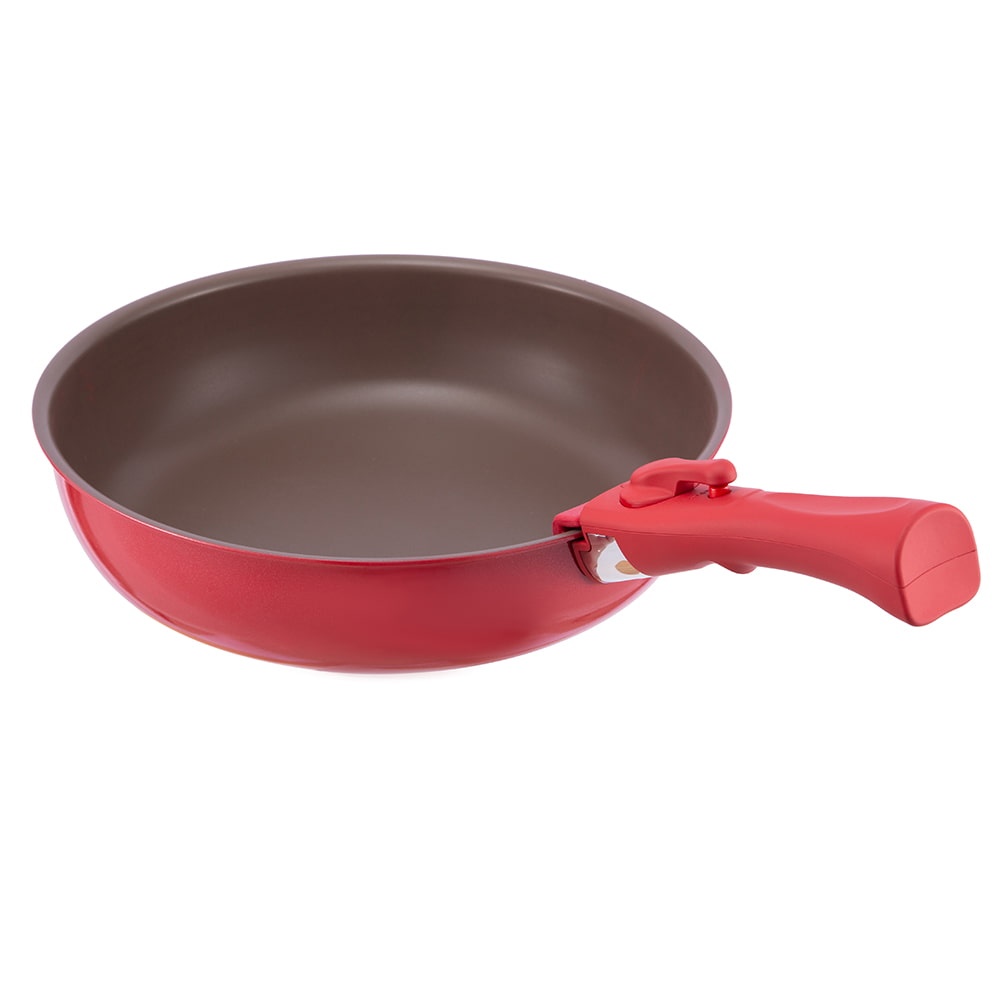
-3.jpg)
-9.jpg)
-3.jpg)
-14.jpg)
